Everything from the iPhone XS we'd like to see in an Android phone
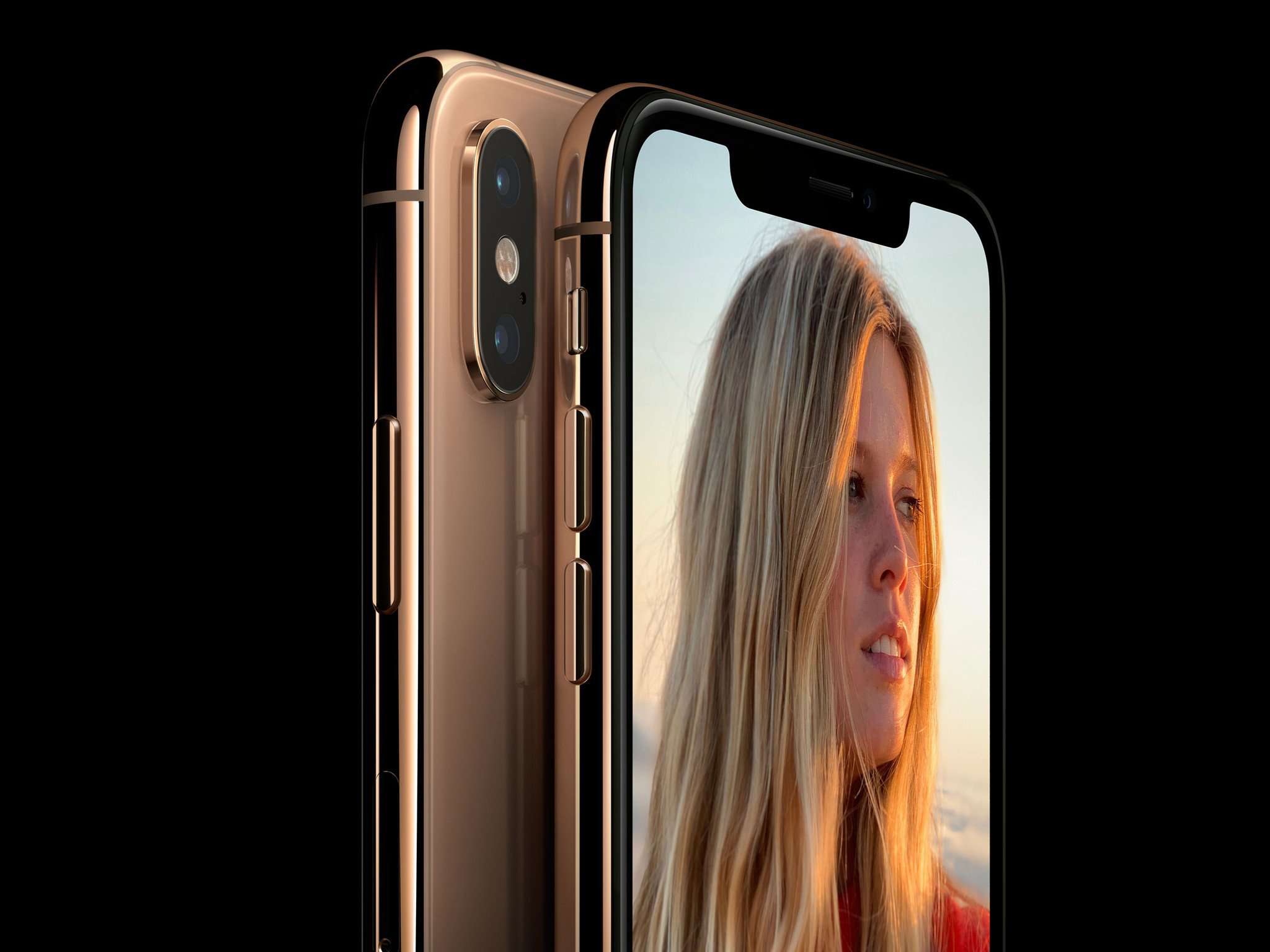
Apple held a small event at its headquarters yesterday. Perhaps you heard something about it? A new watch was announced! And a few phones, too.
All joking aside, Apple's fall hardware event was actually pretty great. The Apple Watch Series 4 looks miles better than any Wear OS device on the market, and even though it's Apple's "budget" option, the iPhone XR looks stunning. However, in this article, we're focusing on the iPhone XS.
The XS is this year's flagship iPhone, and even though it's not running my operating system of choice, there are are a few features it has that I'd love to see come to an Android phone.
A notched display that doesn't have a chin
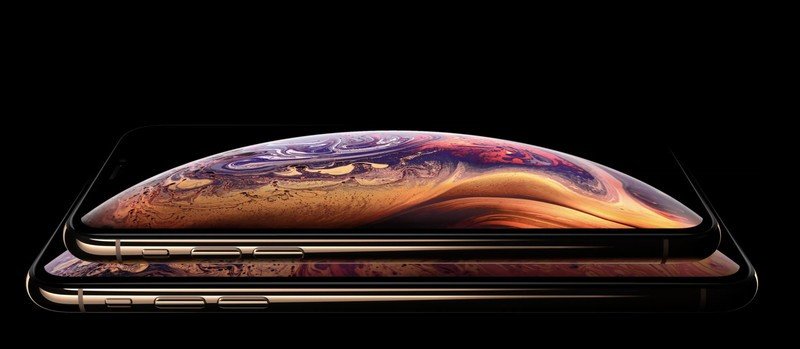
Ever since the original iPhone X came out last year, it seems like every Android OEM has been in a mad rush to throw notches on their phones, too. While some devices like the OnePlus 6 and Essential Phone have notches that are considerably smaller than the one on the iPhone X, there's one thing that notched Android phones have that the iPhone X and XS don't — a chin at the bottom of the screen.
The purpose of the notch is to give you more screen real-estate while getting rid of traditional bezels. Apple's able to achieve this by curving part of its displays underneath themselves and the end result is still stunning. For some reason, Android manufacturers have yet to pull this off.
Some phones like the Pixel 3 XL try to justify the notch and chin with dual front-facing speakers, but seeing as how the iPhone XS crams in stereo sound without a chin, that argument starts to break down very quickly.
Face ID
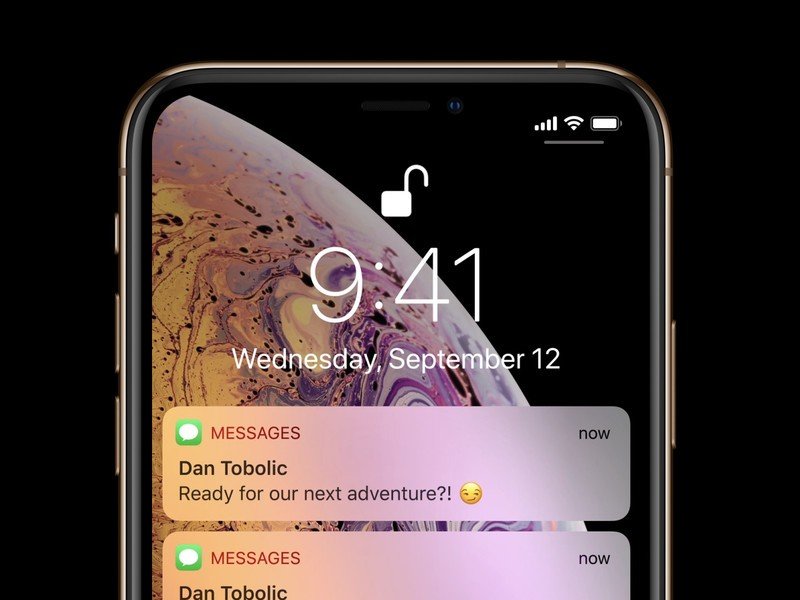
Just like the iPhone X before it, the iPhone XS returns with Face ID and no fingerprint sensor in sight. Plenty of Android phones have introduced their own version of face unlock since last September, with many of them actually working faster than Face ID's performance on the X (at the cost of security, of course).
Be an expert in 5 minutes
Get the latest news from Android Central, your trusted companion in the world of Android
Apple says that Face ID on the iPhone XS is "faster and easier to use" compared to the X, and while we still aren't sure how much faster it actually is, that's awfully encouraging considering that Face ID already works quite well in its current form.
In addition to that, Face ID still rules above any face unlock system we've seen on Android for one big reason — app support.
Unlocking your phone with your face still takes a touch longer compared to a fingerprint sensor, but when you're already actively using your phone, face verification makes so much sense for apps like 1Password, Apple Pay, etc.
Google's yet to make a face verification system that can act as a method of unlocking apps, and until that day comes, Face ID will continue to be the leader when it comes to facial recognition.
Manual depth-of-field control for portrait shots
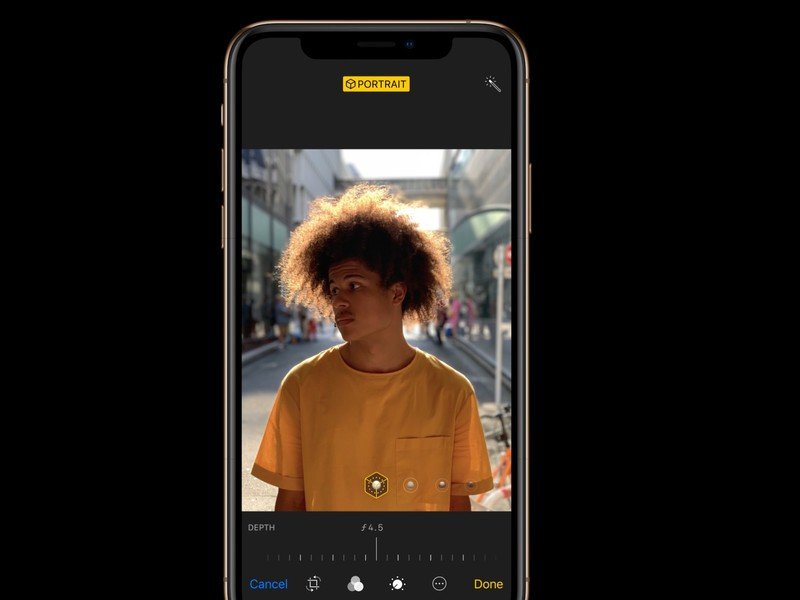
One of the most prominent camera features we've seen over the last year is portrait/bokeh mode. Android phones like the Pixel 2 tend to outperform the iPhone X in these regards, however, the iPhone XS has a trick up its sleeve that could make Apple the portrait king — Depth Control.
After you take a portrait photo with the iPhone XS, you can manually change the depth of field to adjust the blurred background effect to your exact liking.
Samsung offers something similar with Live Focus on phones like the Galaxy Note 9 and Galaxy S9+, but for whatever reason, few other OEMs have adopted it. I, for one, would love to see that change.
Add that together with other camera improvements, such as improved color accuracy and reduced noise for low-light photos, and the iPhone XS sounds like it'll be the go-to phone for folks obsessed with portrait photography.
A12 Bionic chip
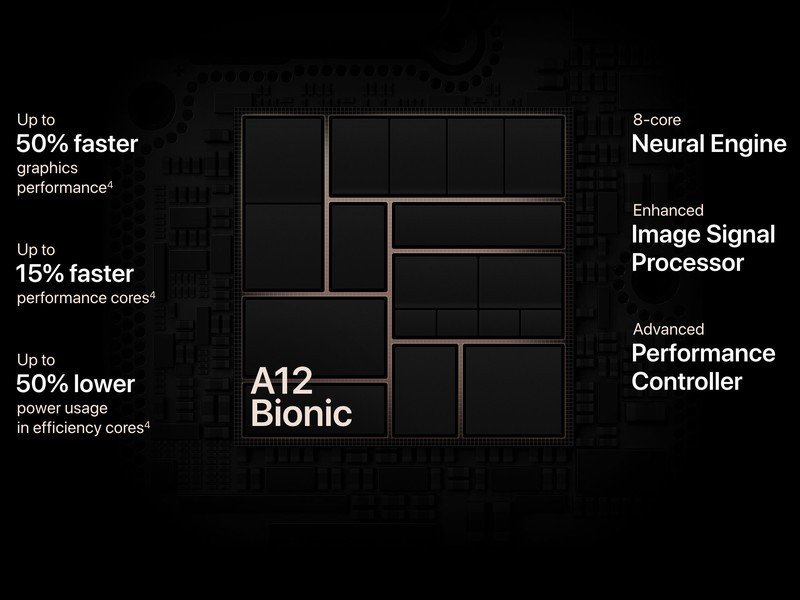
While the Snapdragon 835 from last year was no slouch, Apple's A11 Bionic chip proved to absolutely crush it. Qualcomm's made big improvements with the 845, but once again, the A12 Bionic has us drooling with its massive potential.
Even though the A11 Bionic was already the fastest mobile CPU we've ever seen, the A12 Bionic boasts:
- Up to 50% faster graphics performance
- Up to 50% lower usage with its efficiency cores
- Up to 15% faster main performance cores
- Improved image processing
Apple will never bring its in-house chips to Android, but a guy can dream, right?
Apple's Taptic Engine
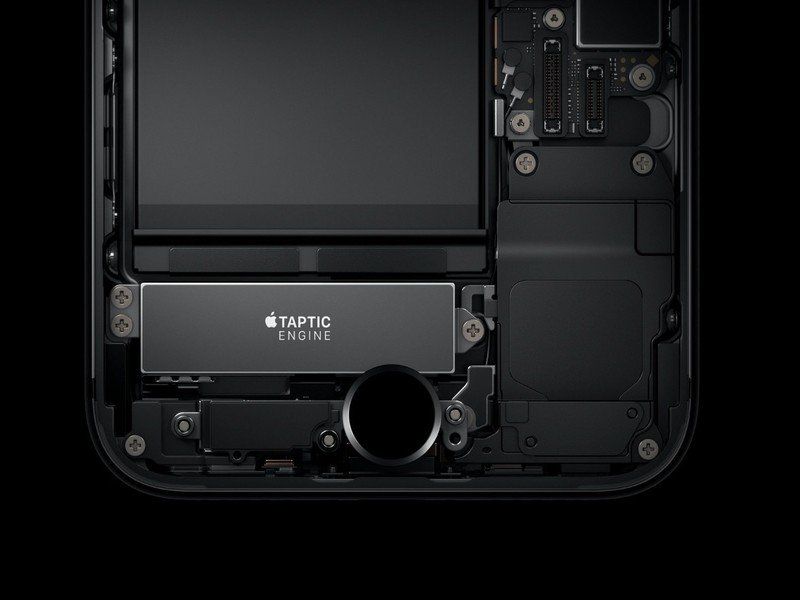
This isn't new to the iPhone XS (it's been around since the iPhone 7), but even so, Apple's Taptic Engine continues to destroy every Android phone's own haptic feedback.
To be honest, haptic feedback isn't something that really comes to mind when comparing phones that you want to buy. However, when you consider that it's something you feel every single day from notifications, typing, and more, it really is a big part of your day-to-day experience.
If you've never used an iPhone with a Taptic Engine, go to your local Best Buy right now and try it out. It's incredible. Every touch, tap, and swipe comes to life because of it and it really does add an entirely new feeling of depth to the iPhone.
Some phones like the Pixel 2 and Galaxy S9 have OK feedback, but the Taptic Engine still runs circles around them. And when you get to more affordable phones, specifically the OnePlus 6 and Essential Phone, the feedback is so bad that you're better just turning it off rather than subject yourself to that kind of torture.
Android OEMs, if you learn anything from Apple, let it be that it's worth putting the time and money into good haptic feedback systems that don't feel like they're from 2010.
What do you want to see?
How about you? What features from the iPhone XS would you like to see in an Android phone? Sound off in the comments below and let me know!
Google Pixel 3: News, Rumors, Release Date, Specs, and more!
Joe Maring was a Senior Editor for Android Central between 2017 and 2021. You can reach him on Twitter at @JoeMaring1.

